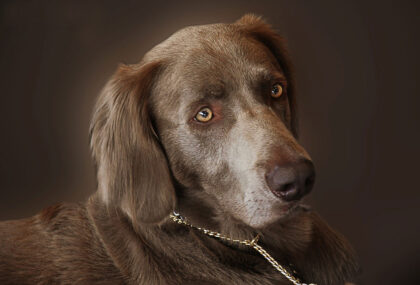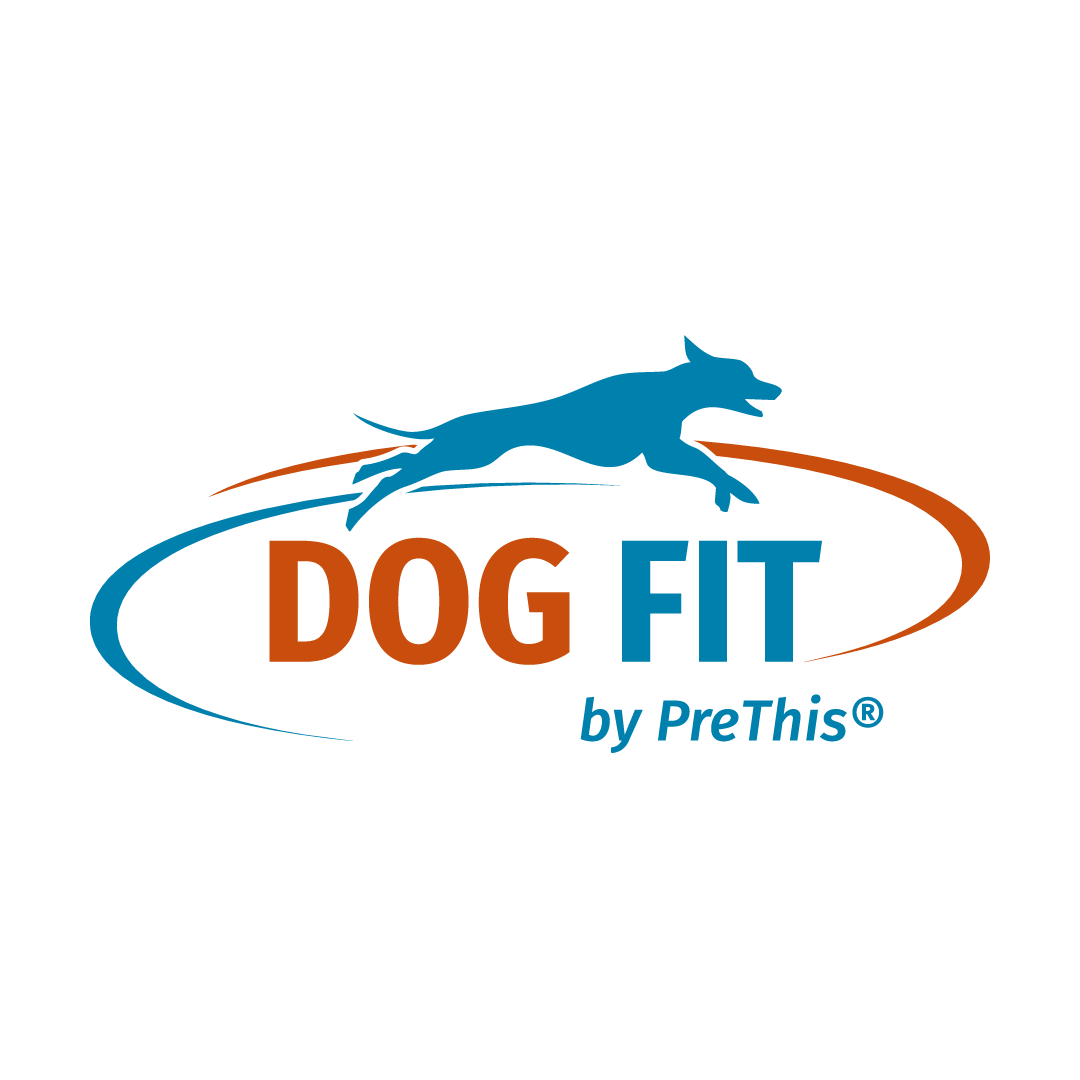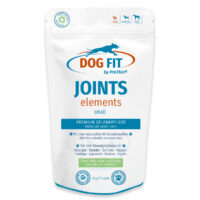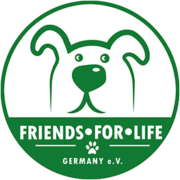
Introduction
When it comes to the health of our four-legged friends, it’s important to keep an eye on even rarer orthopedic diseases. Radius Curvus Syndrome – also known as Short Ulna or Carpus Valgus – often presents dog owners with particular challenges. Below, you’ll learn everything you need to know about causes, symptoms, diagnosis, and possible support measures.
What is radius curvus syndrome and how does it develop?
Radius curvus syndrome is a malformation of the forelimb in which the ulna (ulna) remains shortened and the radius (radius) develops in a curve. This can cause the elbow joint, and especially the foreleg, to deviate outward (carpus valgus). The causes are not fully understood; Genetic predisposition, trauma, infections, developmental disorders, feeding errors, or environmental influences during the growth phase can play a role.
Symptoms and Diagnosis
- An abnormal gait, often walking on the inside of the foreleg
- Pain and occasional lameness
- Visible curvature of the foreleg (carpus valgus)
- Limited mobility, problems running and jumping
An accurate diagnosis is made through clinical examination and imaging techniques such as X-rays or MRI to determine the extent and cause of the deformity.
Treatment Options
Therapy depends on the severity and individual nature of the deformity. In mild cases, conservative treatment can help – this includes weight control, pain management, targeted physical therapy, and appropriate loading. In severe cases, surgery may be considered to lengthen the radius or correct the misalignment. The decision to undergo surgery should be made jointly with an experienced veterinarian.
The Role of Micronutrients
A balanced diet and targeted supplementation with micronutrients can make an important contribution to supporting normal joint function. Specially combined nutrients such as glucosamine, collagen, MSM, and chondroitin are valued in animal nutrition because they contribute to the maintenance of cartilage, ligaments, and tendons. Administering these micronutrients according to needs should always be individualized and can help support the dog’s mobility and well-being.
Everyday Tips for Affected Dogs
A joint-friendly daily routine with adapted exercise, targeted physiotherapy exercises, and a non-slip, comfortable place to sleep is recommended. Regular veterinary checkups, weight control, and avoiding excessive exercise further support the management of radius curvus syndrome.
Dog and human share a unique bond characterized by mutual trust and care in everyday life. Small gestures, shared moments, and loving interaction create a strong foundation for a harmonious relationship. It’s worth consciously enjoying the time and remaining open to new paths. This way, the relationship grows and enriches the lives of both parties.
Product information: DOG FIT by PreThis® JOINTS elements 🛒 – Natural supplementary feed with carefully selected micronutrients. Free from genetic engineering and artificial additives. You can find further information here:JOINTS elements in the shop

The content of the articles is for general information purposes only and does not replace diagnosis or treatment by a veterinarian. Reviews or testimonials are individual reports from verified customers. This information does not constitute medical advice and should not be understood as such.
Our daily inspiration comes from the special moments with our dogs. Here we share this enthusiasm and invite you to become part of the DOG FIT community on our social media channels.



Leave a Reply